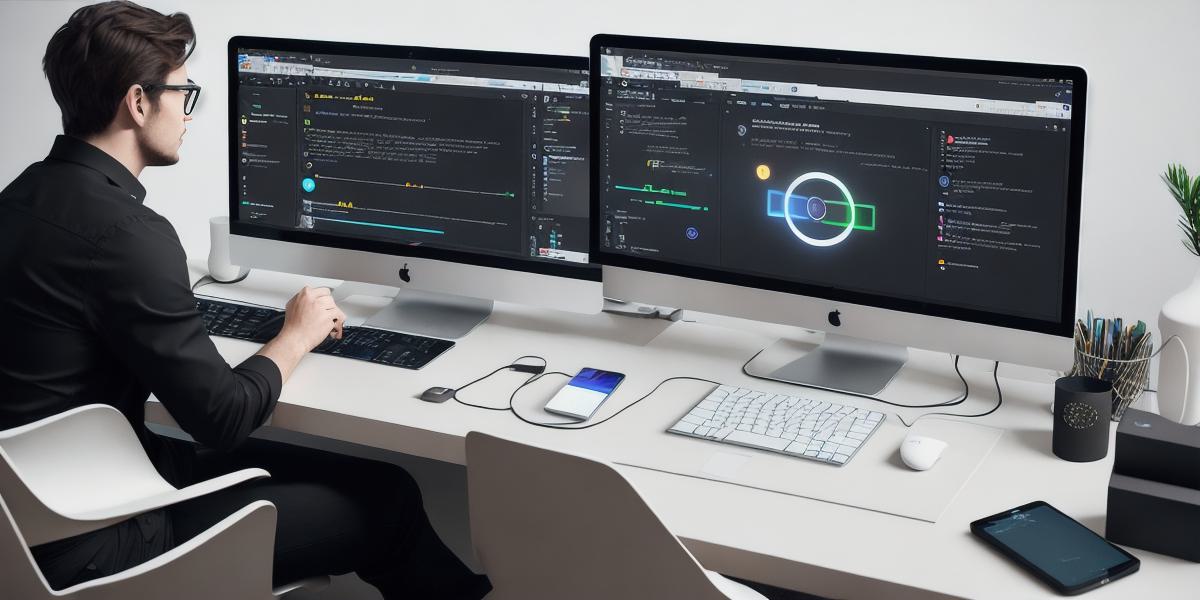Unity is a versatile real-time development platform that has been revolutionizing the way we create interactive 3D and 2D content, from video games to architectural visualizations, educational simulations, and more. As a web developer, you might be wondering how Unity can benefit your projects and what makes it an essential tool in your tech stack.
**Why Choose Unity for Web Development?
**
Unity’s real-time capabilities make it a perfect fit for web development in several ways:
1. **Interactive Experiences:** Unity allows you to build highly interactive web applications, such as 3D product demonstrations, virtual tours, and educational simulations that engage users like never before.

2. **WebGL Support:** Unity supports WebGL, enabling your creations to run seamlessly in web browsers without the need for additional plugins or installs.
3. **Multi-platform Deployment:** Unity projects can be published on various platforms, including the web, mobile devices, desktop applications, and even virtual reality headsets.
4. **Powerful Features:** Unity offers an extensive range of features that make it an ideal choice for web developers, such as physics engines, animation tools, audio systems, and more.
**Getting Started with Unity Web Development**
To get started with Unity web development, follow these simple steps:
1. **Download Unity:** Visit the official Unity website to download and install the latest version of Unity Hub, which will help you manage your projects across multiple platforms.
2. **Learn the Basics:** Familiarize yourself with Unity’s user interface, tools, and features by going through the available tutorials, documentation, and online resources.
3. **Choose a Project Template:** Select a suitable project template based on your web development goals. For instance, you can use the “WebGL Template” for creating 3D content or the “2D Platformer Template” for building interactive 2D games.

4. **Create Your Web Application:** Build your web application by adding assets, implementing logic, and customizing features according to your project requirements.
5. **Publish Your Project:** Once you’re satisfied with your creation, publish it as a web application using the built-in WebGL player or export it to be integrated into other platforms like WordPress, Joomla, or any popular CMS.
**Examples of Unity-Powered Web Applications**
Let’s explore some real-life examples of successful web applications created with Unity:
1. **Google Earth VR:** Google Earth VR is a stunning virtual reality application that lets users explore the world from an entirely new perspective. Built using Unity, it showcases the platform’s capabilities in creating immersive and interactive experiences.
2. **Audi Car Configurator:** Audi’s web-based car configurator allows customers to design their perfect car by choosing various features and colors. Unity’s WebGL support ensures a seamless browsing experience without the need for installs or additional plugins.
3. **Volvo Trucks Excavator Simulator:** Volvo Trucks’ interactive excavator simulator is an excellent example of how Unity can be used to create engaging and educational web applications, allowing users to learn new skills in a fun and interactive way.
**Conclusion: Embrace the Power of Unity for Web Development**
Unity offers web developers a powerful set of tools and features that enable them to create immersive, interactive, and cross-platform web applications. From virtual tours to educational simulations and beyond, Unity’s real-time capabilities make it an essential addition to any web developer’s tech stack.
